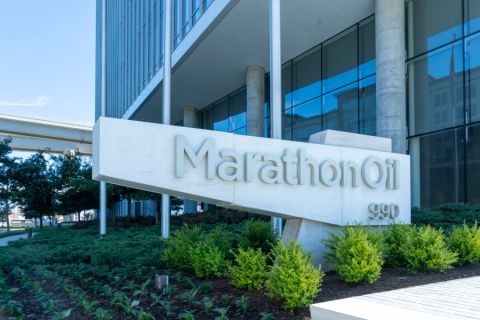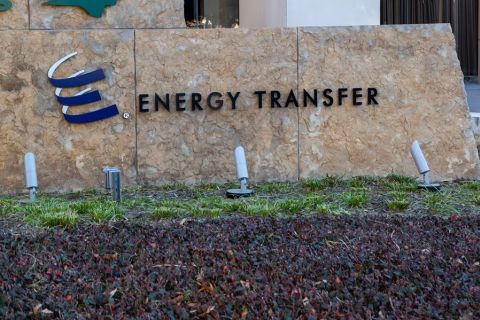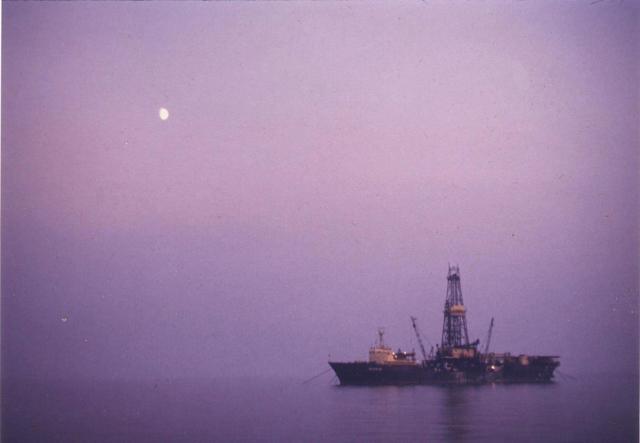
(Source: Larry Prado/Hart Energy)
Among the many challenges the oil and gas industry is facing due to COVID-19, it has, in particular, highlighted the risk a pandemic poses to those working offshore.
Offshore facilities, including floating and jackup rigs, production platforms and drillships, operate 24 hours per day, 365 days a year. The facilities, which could have 100 or more workers at any one time, also often have numerous work levels between the top deck and the lower-most working areas.
Workers commute from shore to an offshore facility in helicopters carrying anywhere from four to eight passengers per trip. Typically, there is one helicopter trip per week to take workers to and from the facility. Depending on the size of the helicopter, there may be little room for distancing between passengers.
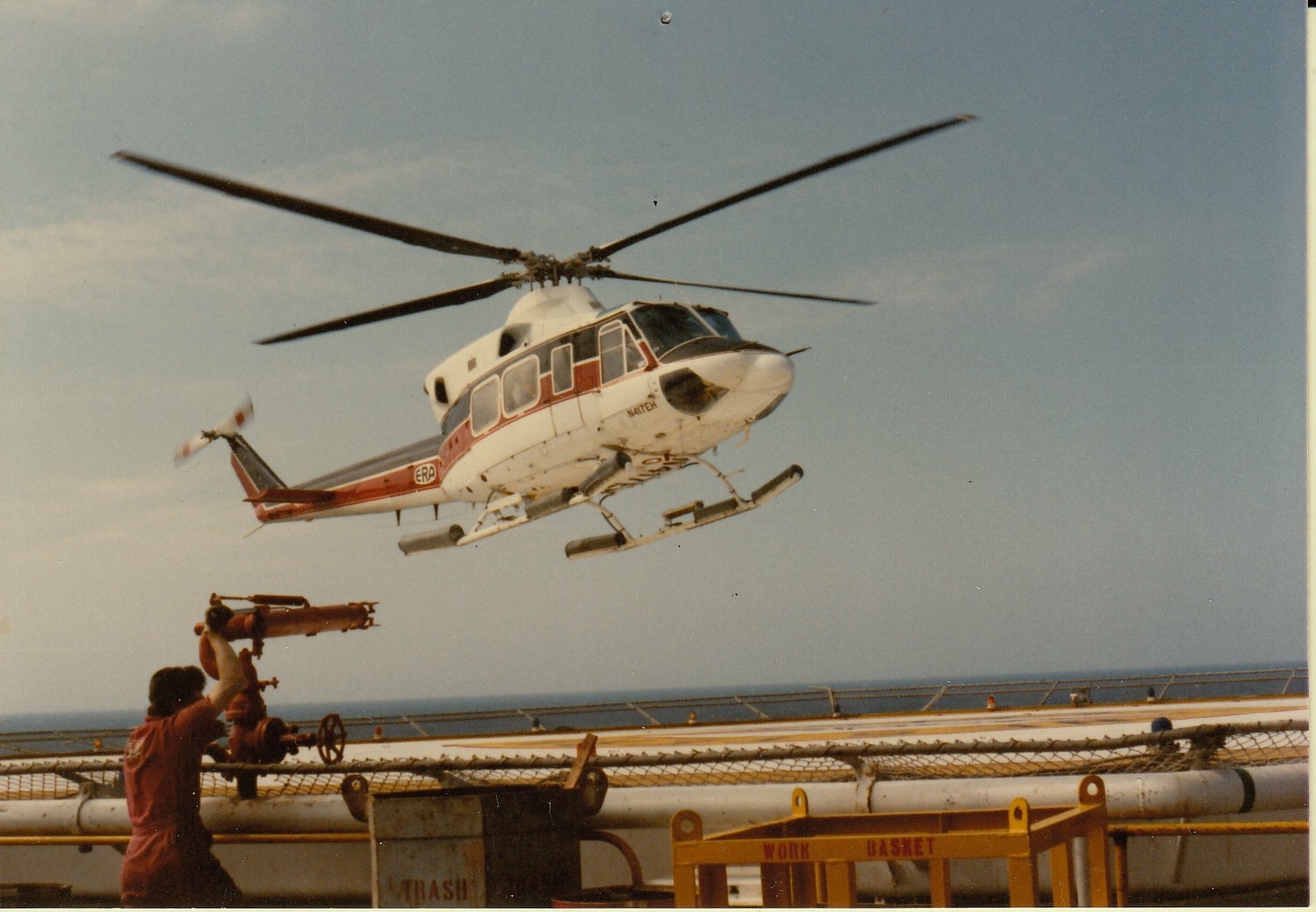
(Source: Larry Prado/Hart Energy)
Simply put—offshore facilities were never designed for social distancing. For example, people on offshore installations typically work, sleep and eat in close quarters, making the spread of infection easier.
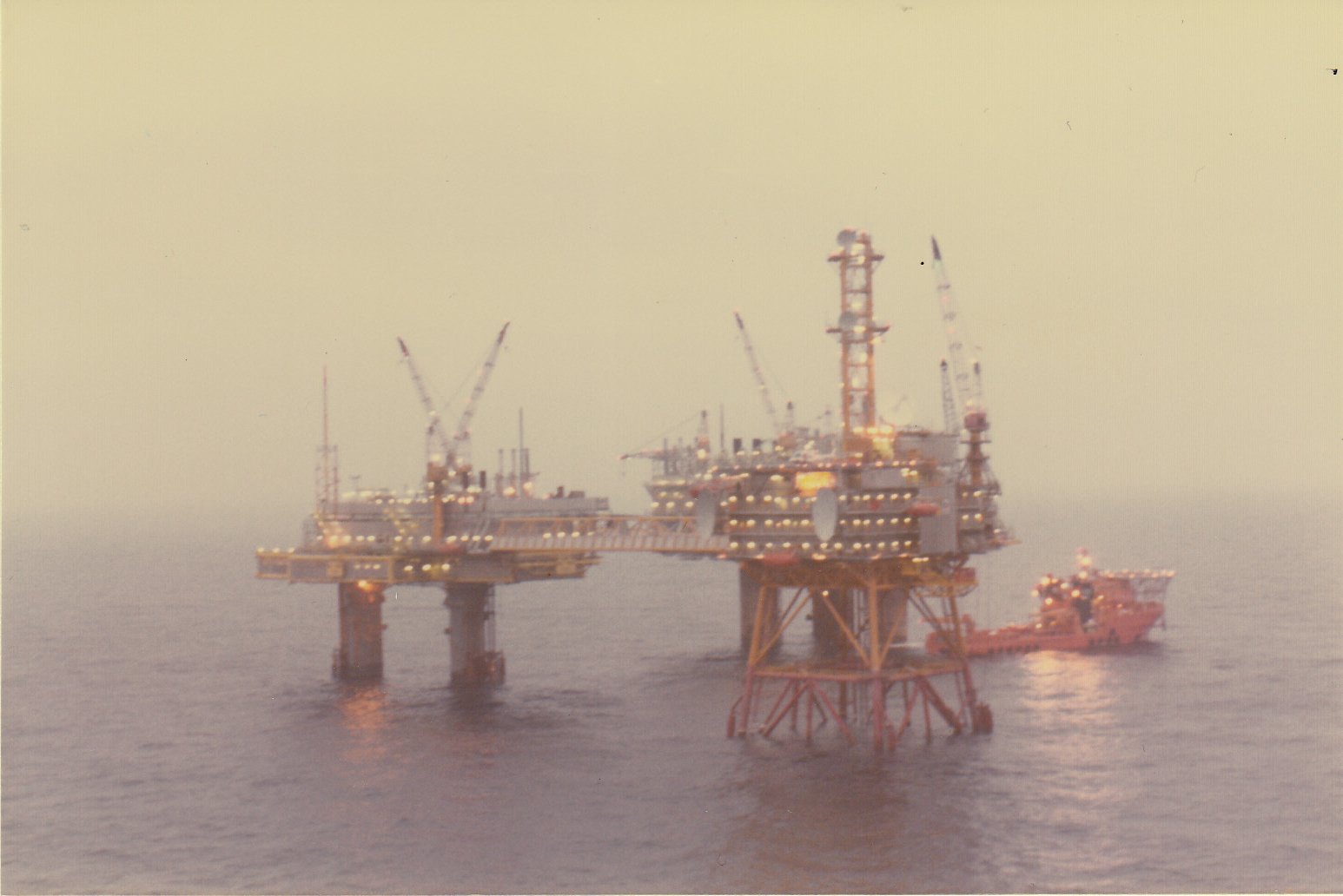
(Source: Larry Prado/Hart Energy)
Below is a collection of coronavirus news related to offshore workers around the globe.
U.S.
The Trump administration stopped COVID-19 reporting for offshore U.S. oil and gas workers.
The U.S. Coast Guard disclosed that 26 offshore workers in the Gulf of Mexico had tested positive for the novel coronavirus as of April 8, but has refused to update the information since that time. Only seven of the 680 platforms in the Gulf had been affected at that point.
The industry group, National Ocean Industries Association, has counted 40 confirmed COVID -19 cases. The figure includes persons who have recovered from the virus. The cases occurred on eight facilities, with 11 cases confirmed in a two-week period in April out of a population of 25,000 workers, the trade group said.
According to Time magazine, the Coast Guard stopped releasing data on the offshore sector because the U.S. Centers for Disease Control and Prevention (CDC) “is the lead agency on numbers of COVID -19 cases,” but the CDC does not release specific data on offshore oil and gas facilities.
NOLA.com reported that the Bureau of Safety and Environmental Enforcement (BSEE) has not established any protocols for what companies should or must do when an offshore worker displays symptoms of the coronavirus, said Sandy Day, an agency spokesman.
“The agency is working to develop mitigations to reduce the risk of exposure for its own employees traveling offshore”, he said, “four of whom have tested positive for the coronavirus. Three have since recovered and have been released from quarantine and one employee is currently under medical care.” BSEE is continuing inspections and permitting of offshore facilities during the pandemic, Day said.
U.K.
The British government's Oil & Gas U.K. offices have banned people traveling to offshore installations if they have traveled recently to certain countries including Italy, Iran, China and South Korea.
Confirmed cases have been reported at North Sea platforms include North Everest, Brent Charlie, Martin Linge Field, Clair Ridge, Aoka Mizu, Elgin and Ninian Southern.
UKOG is also checking a person’s temperature before they are allowed to board a helicopter to travel to the offshore facility, and recommending face shields—snoods and buffs, called neck gaiters in the U.S.—because they can be easily pulled away from the mouth if emergency breathing equipment is required. Snoods and buffs have also been tested for surface and underwater escape purposes in case of a helicopter or abandon ship/lifeboat emergencies.
Bristow Helicopters has adapted Sikorsky S92 search-and-rescue helicopters for offshore U.K. workers showing signs of sickness, with modifications to quarantine flight crews and medics and provide passenger-monitoring support for suspected workers. The modified aircraft have a different seating to ensure appropriate separation can be maintained between those on-board.
Numerous preventive barriers including protective curtains separating the cockpit from the passenger area and airflow systems, with specific entrance and exit points provided for each of the flight crew, paramedic and passenger to further ensure the required distance is maintained.
Each aircraft undergoes a full decontamination process after every flight. Other features are rugged waterproof seating and a fully waterproof floor.
Nigeria
Nigerian security forces arrested and quarantined 22 Exxon Mobil employees in Port Harcourt, Nigeria. They were arrested for violating the federal government’s order prohibiting movement into the Rivers State in an effort to reduce the spread of the coronavirus pandemic, have now been released.
The Exxon Mobil employees came into the River State from neighboring Akwa Ibom State and were quarantined with relevant health protocols. The state has recorded two cases of coronavirus so far.
Nigeria has closed its air and land borders and imposed curbs on cargo vessels coming into its ports. Lockdowns in Lagos, Abuja and Ogun State have also been extended for an additional 14 days to combat the virus spread. Currently there are 442 confirmed cases in the country and there have been 13 deaths.
The country's petroleum industry regulator has ordered oil and gas companies to cut their offshore workforce and switch from 14-day staff rotations to 28-day rotations.
Brazil
Several members of an unspecified FPSO operating offshore Brazil have been confirmed with the COVID-19 virus.
SBM Offshore confirmed that a number of positive coronavirus cases were found among the crewmen aboard one of its FPSOs, but did not name the vessel nor the names of the men. It said only that those with symptoms have been transported to shore and that it is currently assessing the situation with the client and Brazilian authorities.
Iraq
Petronas evacuated all 80 of its Malaysian employees from operations in Iraq’s Garraf Contract Area and production is temporarily suspended until further notice (the field produces approximately 95,000 bbl/d of oil).
Recommended Reading
Exxon Mobil, Chevron See Profits Fall in 1Q Earnings
2024-04-26 - Chevron and Exxon Mobil are feeling the pinch of weak energy prices, particularly natural gas, and fuels margins that have cooled in the last year.
Marathon Oil Declares 1Q Dividend
2024-04-26 - Marathon Oil’s first quarter 2024 dividend is payable on June 10.
Talos Energy Expands Leadership Team After $1.29B QuarterNorth Deal
2024-04-25 - Talos Energy President and CEO Tim Duncan said the company has expanded its leadership team as the company integrates its QuarterNorth Energy acquisition.
Energy Transfer Ups Quarterly Cash Distribution
2024-04-25 - Energy Transfer will increase its dividend by about 3%.
ProPetro Ups Share Repurchases by $100MM
2024-04-25 - ProPetro Holding Corp. is increasing its share repurchase program to a total of $200 million of common shares.

